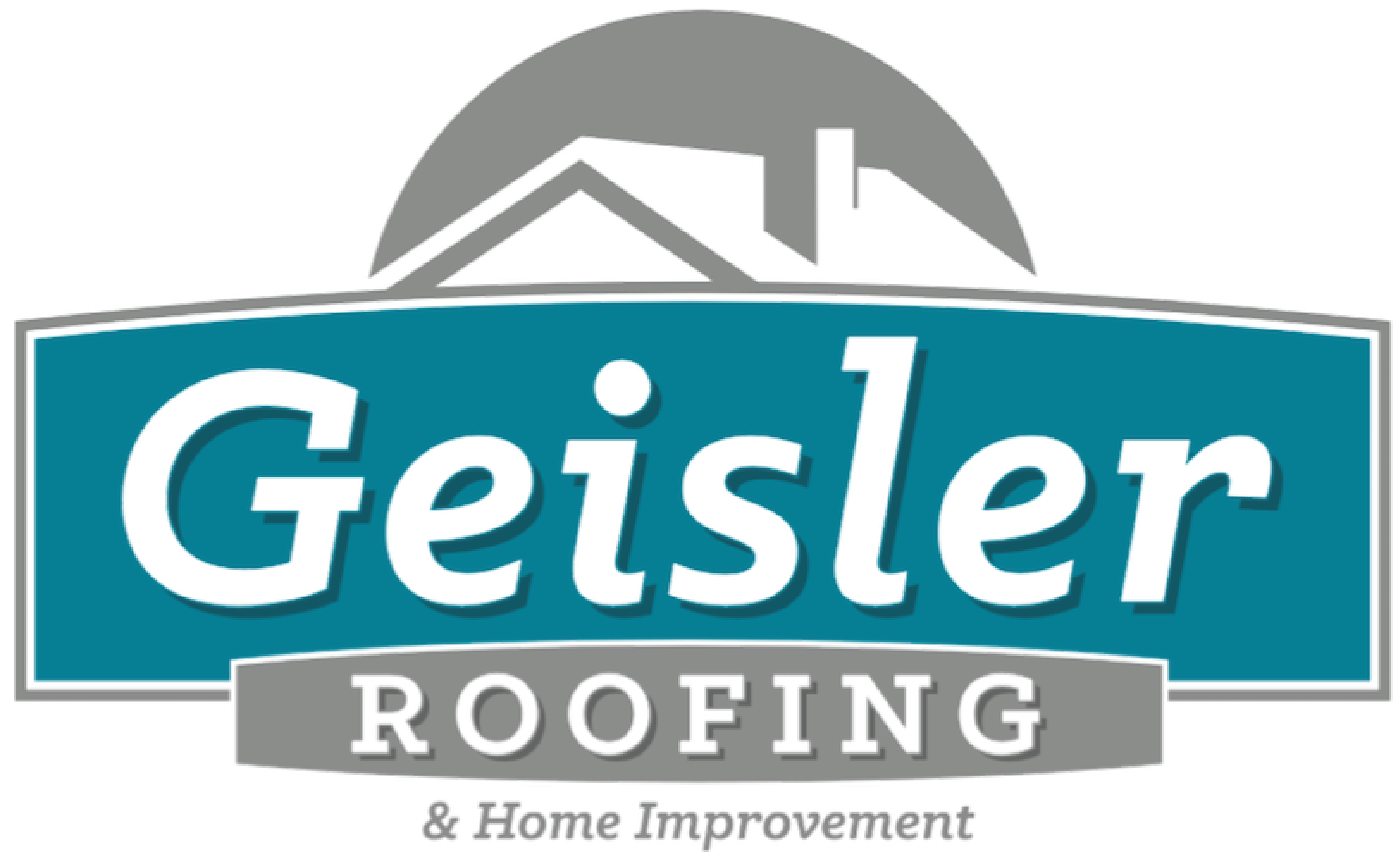Siding
When replacing siding, you’ll often recoup a significant amount of your investment, but there are tradeoffs in maintenance, price, and sustainability. Perhaps no other building material plays such as key role in your home as siding. It protects your house against the harshest elements and is a factor in your home’s appearance, architectural character, and value. A vinyl siding replacement, for instance, recovers 83% of its initial cost at resale, according to the “2015 Remodeling Impact Report” from the NATIONAL ASSOCIATION OF REALTORS®.
Fiber-cement siding returns 79% but also gets high marks from homeowners polled for the “Report” who gave their fiber-cement siding project a perfect Joy Score of 10 — a rating based on those who said they were happy or satisfied with their remodeling, with 10 being the highest rating and 1 the lowest.
Here’s our guide to common siding replacement options based on your budget, maintenance tolerance, and green priorities.
Vinyl
Vinyl is the most popular choice for home siding on new homes in the U.S., according to 2008 U.S. Census Bureau data. It is tough, durable, and widely available in many styles and colors. Color permeates the material and won’t reveal nicks and scratches.
Today’s standards ensure that vinyl siding will maintain its shape in extreme temperatures, provide resistance to high winds, retain its color, and meet or exceed other manufacturer claims. Labeling should indicate if it conforms to the American Society for Testing and Materials‘ standard, expressed as ASTM D3679. Or ask you contractor to confirm.
Benefits: Light weight makes for speedy installation; can be retrofit over existing siding; little maintenance; top-quality brands offer transferable lifetime guarantees to subsequent buyers.
Drawbacks: Seams will show where the ends of standard 12-foot panels overlap. Extra-long panels virtually eliminate seams for an additional cost of about 30%.
Green factor: Vinyl has a long replacement cycle of 30 to 50 years, but the same ingredient that makes it durable — polyvinyl chloride or PVC — doesn’t degrade in landfills. Byproducts of PVC production may include dioxin and other toxins.
Metal
The popularity — and availability — of steel and aluminum siding is waning because vinyl has evolved as the better low-cost option. Metal siding comes in many prefinished colors and features styles that mimic wood. Modern metal sidings are dent-resistant, insect- and fire-proof, and require little maintenance. With proper care, steel and aluminum siding will last more than 50 years.
Benefits: Light weight speeds installation; baked-on paint enamel finishes won’t need periodic repainting.
Drawbacks: Not readily available in all areas; dents are permanent; scratches should be touched up with a quality, color-matched house paint.
Green factor: Aluminum siding products may contain up to 30% recycled content.
Fiber-Cement
Fiber-cement siding is made from a mixture of wood fibers, Portland cement, clay, and sand. It’s slowly gaining market share as consumers become more aware of its rugged durability, low maintenance, and weather-resistance. Because it’s made from a liquid cementitious mixture, it can be molded to closely resemble painted wood, stucco, or masonry. It’s also termite-proof, fire-resistant, and doesn’t rot. A 30-year warranty is standard. Most home improvement stores carry samples.
Benefits: Pre-finished fiber-cement siding eliminates the need for painting after installation, yet the material accepts repainting easily when you want to change colors. It resists thermal expansion and contraction, so paint and caulk hold up well; in some areas, fiber-cement is considered to be masonry and may qualify you for lower home insurance premiums — check with your agent.
Drawbacks: Fiber-cement materials are heavy. Installation requires specialty tools and techniques, adding to labor costs (about 50% more than vinyl). Search for bids and find an installer who’s familiar with the product. Retrofits require a complete tear-off of the old siding, a job that requires one or two days for a 2,450 square-foot house and adds about 5% to the total cost of the project.
Green factor: The production of Portland cement is associated with CO2 emissions, which are probably offset by the material’s extreme longevity. However, because fiber-cement is relatively new, that longevity has yet to bear out.
Wood
Wood siding comes in many species and grades, and what you select — and pay — depends on how you plan to finish the material. If you want the natural beauty of wood to show through a clear or semi-transparent stain, you’ll need to opt for more expensive grades with fewer knots and other defects. If you plan to paint or use an opaque stain, you can select less expensive grades of wood.
Benefits: Easy-to-shape-and-cut material requires few specialized skills for installation, reducing labor costs; with proper care, wood will last 100 years or more — longer than synthetic materials; superior aesthetics.Drawbacks: Can be expensive; requires repainting every 5 years, re-staining every 3 years, or applying a clear finish every 2 years, for which a professional painter will charge thousands; retrofitting with wood means a complete tear-off of existing materials; non-moisture-resistant species, such as pine and fir, are susceptible to rot.
Green factor: Wood siding biodegrades in landfills; the finest grades come from old-growth timber. Ease logging pressure on diminishing old-growth forests by selecting repurposed material or wood certified by the Forest Service Council. FSC-certified wood comes from sustainable forests.
